Round trips
For special seal (boat) trips, you can visit the following places, among others:

Seals aren't very difficult to find around Nieuwvliet. Its beautiful nature, the clean water, space and tranquility certainly has a positive impact on these animals, and it makes them thrive. Seals look cute and seem to live the ideal life. They lounge a lot on the beach and soak up the sun. Furthermore, they swim occasionally and eat fresh delicious fish.
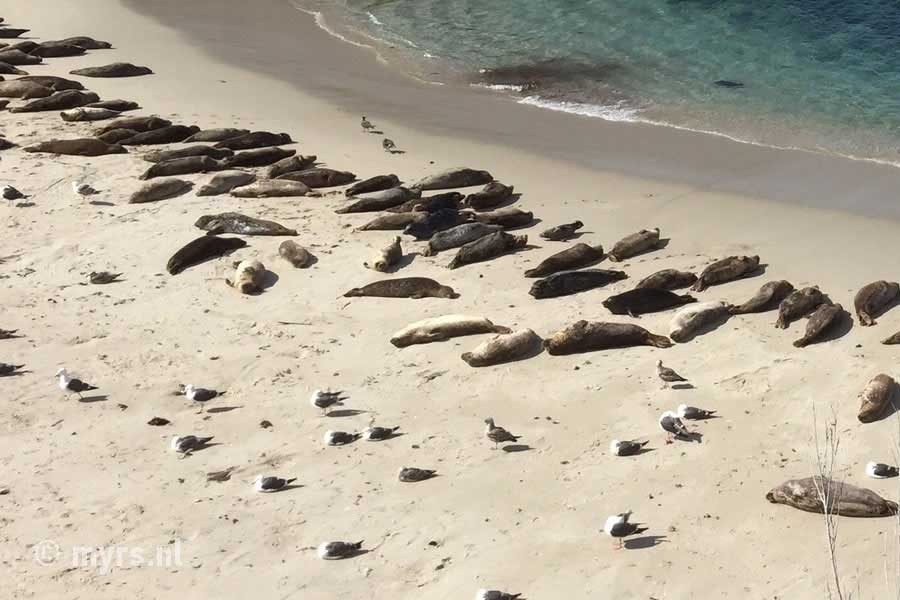
The coast of Nieuwvliet, in the Oosterschelde and the Grevelingenmeer, are home to fairly large populations of seals. The Wadden admittedly has the reputation, but fans of seals can also see them well in Zeeland. The number of seals in the waters of Zeeland is growing rapidly. Exact numbers aren't known of course because the animals swim around a lot, but once they feel at ease at a particular spot they usually keep coming back to that area. And it seems like they're everywhere. Most of them hang out in the Voordelta, where they're relaxing on the sandbanks. But there are also dozens of seals in the Grevelingenmeer, Oosterschelde and there are a decent number of them in the Westerschelde.
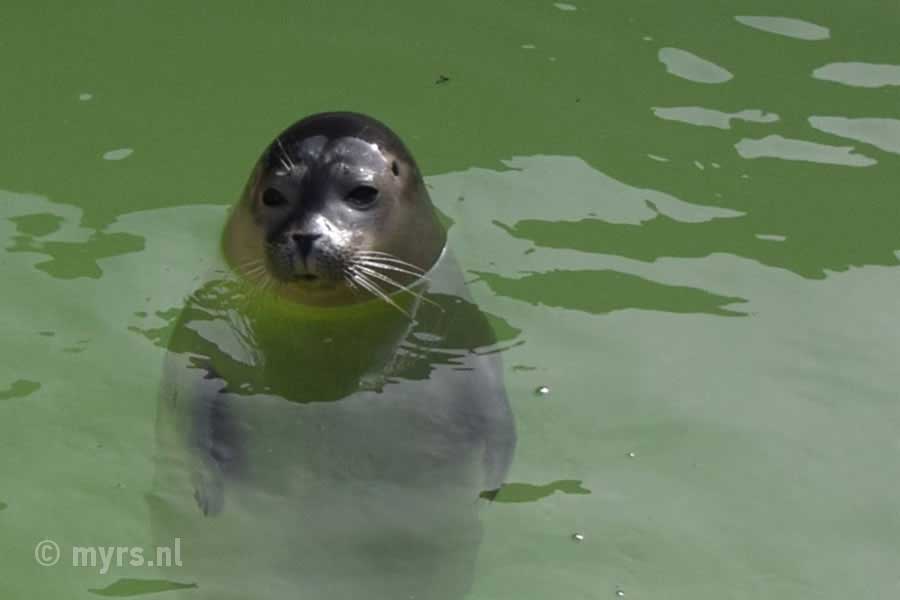
The Dutch waters are home to two kinds of seals; the regular and the gray one. The regular seal is the smallest of the two, the males can grow up to two meters. The animals usually have dark spots on their gray, dark brown or black pelt. The head is small in proportion to their bodies. The nostrils have a V-shape. The gray seal is considerably larger and can be up to three meters long. They distinguish themselves by their straight noses and separated nostrils. Their pelt is usually gray, but it can also be dark brown and even black.
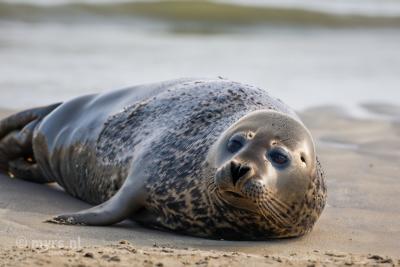
The seals lounge in groups, but live a solitary life. A mother cares only briefly for her young, about four weeks. In danger, she saves herself and not her young. If she loses her young for whatever reason she won't look for it. Those pups are sometimes found on time and brought to a seal sanctuarie.
Seals feel quite comfortable at a reasonable distance from humans. Some seals you come across in the middle of the sea swim curiously along with you. On the sandbanks they gather in large groups. Here they rest in the sun and raising their young. Therefore it is essential that they're not disturbed. Seals prefer to lie on sandbanks where they feel safe. Those are usually shallow plates, and then they lie on the steep sides. That way, they can quickly go into the water when they sense danger. In summer time occasionally boaters decide to go to a sandbank with seals. Then they disappear in an instant, and it's also prohibited.
Occasionally you may see a seal peek his head above the water somewhere between Cadzand and Breskens. On some rare occasions he could even crawl on the beach itself. Many more seals can be seen on the Hooge Platen, a sandbank in the Westerschelde, between Breskens and Hoofdplaat. You should be able to see them from the seawall at Nummer Een or near the lookout point near Hoofdplaat. Between two hours before low tide until an hour after the seals usually sunbathe on a sandbank. It's best to see them with binoculars or a photo camera with a good zoom option. That way you can see the seals also from the shore. Or you go on a tour with the Festijn from Breskens. Then you can see them from really up close.
For special seal (boat) trips, you can visit the following places, among others:
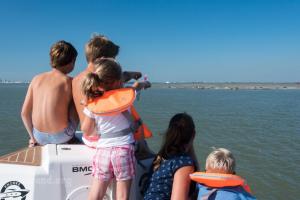
Join a seal watching boat tour departing from the marina in Cadzand and experience a unique nature adventure on the Westerschelde! A fantastic activity for all ages, where you can admire seals up close in their natural habitat. What can you expect during the Seal Watching Boat Tour? - Wild Seals: Spot seals basking on the sandbanks or swimming curiously alongside the ...
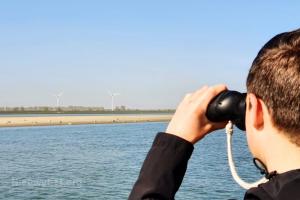
Step aboard De Festijn at Keerdam 1 in Breskens and enjoy a unique cruise on the Westerschelde. During this 90-minute trip, you’ll discover nature, shipping, fishing – and have a great chance of spotting seals! What can you expect on a cruise with De Festijn? - Seals and more: Nine out of ten trips offer seal sightings on the sandbanks. Occasionally you’ll also ...